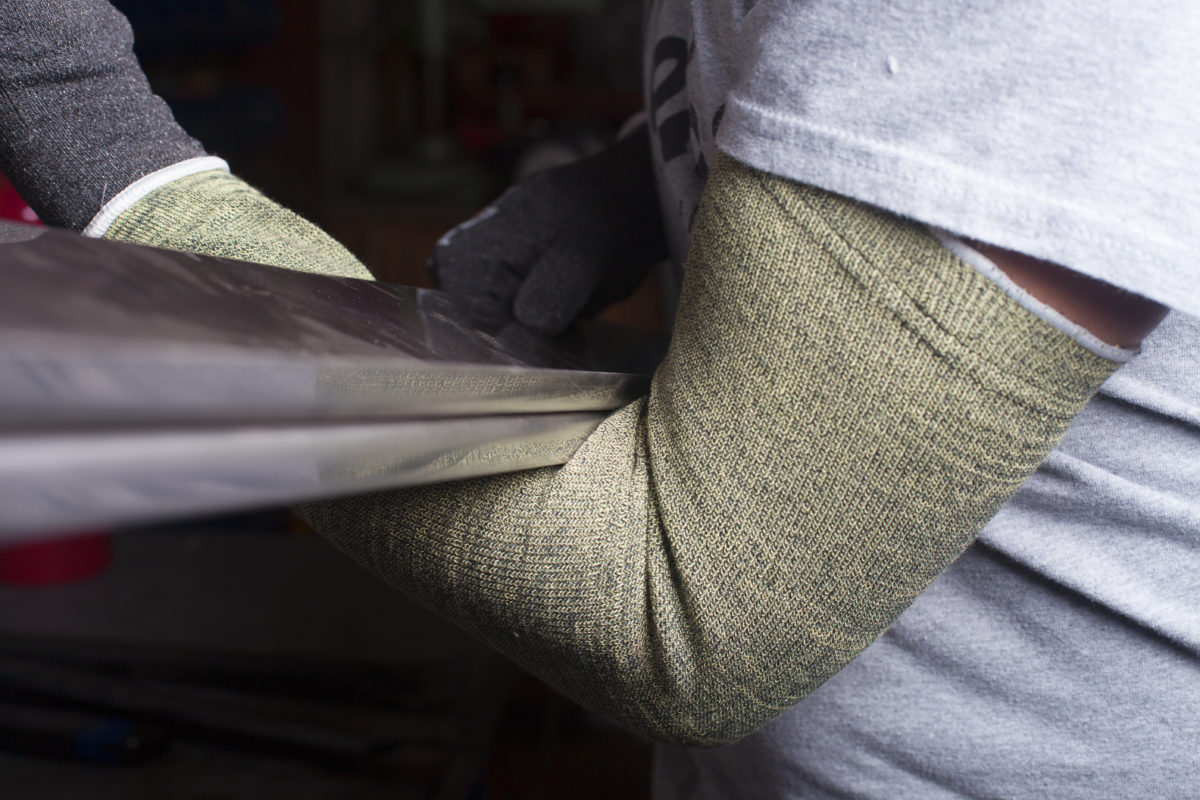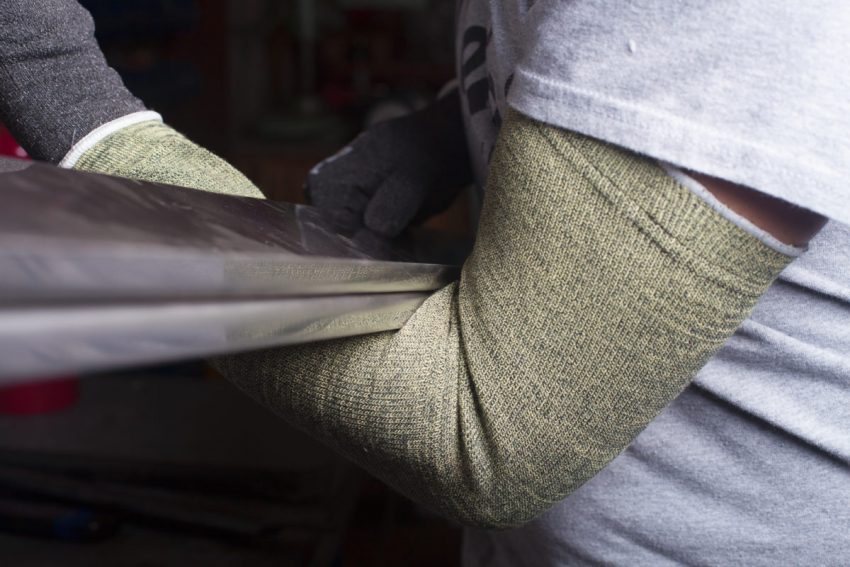
Anyone who works a manual job is putting themselves at risk every single day. Approximately 2.8 million workers suffered a nonfatal injury or illness in 2018 in the U.S. This makes having the right equipment critical for protecting you and your coworkers.
A heat reflective sleeve may be used on specific pieces of equipment or on the operator’s arms directly. There are many different types in all shapes and sizes. But they all have the same purpose: to reflect heat instead of absorbing it.
Table of Contents
Protecting Employees While They Work
To put it simply, a heat reflective sleeve will dissipate heat instead of absorbing it. This means the arms of a worker aren’t exposed to a piece of machinery that may reach excessively high temperatures.
An estimated 180,000 deaths are caused worldwide every year due to burns. Many times, more are injured, with hundreds of thousands partially or entirely disabled by burns, according to the World Health Organization.
Heat reflective sleeves can protect workers from being burned when operating heavy machinery.
Defending Workers Against Accidental Burns
Equipment often becomes hot over time. Hoses and cables may reach temperatures with the capacity to cause serious damage when touched. Special heat reflective sleeves are made from multiple layers of aluminum and aramid fiber cloth. Again, these come in all shapes and sizes.
They’re designed to prevent radiant flow by blocking and stopping it. Ordinary sleeves will absorb the heat and dissipate it through the fabric. Heat resistant sleeves, on the other hand, will reflect it away entirely.
Attachable Without Disconnection
Ironically, burns can happen when shutting down and disconnecting heavy machinery to attach heat resistant sleeves. Not only that, but there is also the capacity for a significant amount of disruption when shutting everything down, particularly when it comes to larger businesses.
Modern heat resistant sleeves use a hook-and-loop closure system sewn within the sleeve. What this means is the more advanced sleeves can be attached without shutting down the machine or disconnecting anything. This protects workers’ arms and hands from harm when installing and removing heat resistant sleeves or performing maintenance tasks.
Look for Strength and Abrasion Resistance
Any industry requiring a heat resistant sleeve will require one with a high tensile strength rating and resistance to abrasions.
Advanced heat resistance sleeves prevent injury through other means by being rated highly for tensile strength. They will also stand up to abrasions, thus guaranteeing that any worker’s hands and arms are safe when operating heavy machinery.
Conclusion
All businessowners should see every single employee as an asset to their business. A worker who’s burned in a completely avoidable accident represents a serious amount of lost revenue and productivity. It can also potentially leave the business open to lawsuits for negligence later on.
Don’t just attempt to meet the minimum standard for health and safety. Install heat resistant sleeves in your workplace and give your workers that extra layer of protection they need to have peace of mind.
What are you doing to protect your employees from burns in the workplace?
